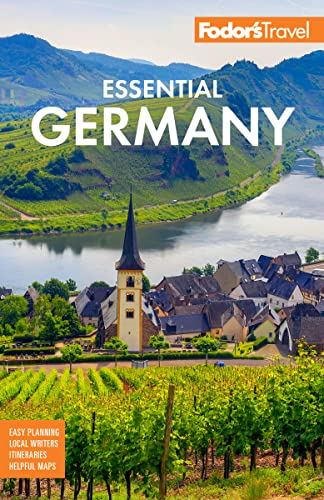What to Eat in the Neckar Valley
Fish and Wild (game) from the streams and woods lining the Neckar Valley, as well as seasonal favorites—Spargel (asparagus), Pilze (mushrooms), Morcheln (morels), Pfifferlinge (chanterelles), and Steinpilze (porcini)—are regulars on menus. Pfälzer specialties are also common, but the penchant for potatoes yields to Knödel (dumplings) and pasta farther south. The latter includes the Swabian and Baden staples Maultaschen ("pockets" of pasta stuffed with meat or spinach) and Spätzle (roundish egg noodles), as well as Schupfnudeln (finger-size noodles of potato dough), also called Buwespitzle. Look for Linsen (lentils) and sauerkraut in soups or as sides. Schwäbischer Rostbraten (beefsteak topped with fried onions) and Schäufele (pickled and slightly smoked pork shoulder) are popular meat dishes, along with a variety of Würste.
Considerable quantities of red wine are produced along the Neckar Valley. Crisp, light Trollinger is often served in the traditional Viertele, a round, quarter-liter (8-ounce) glass with a handle. Deeper-color, more substantial reds include Spätburgunder (Pinot Noir) and its mutation Schwarzriesling (Pinot Meunier), Lemberger, and Dornfelder. Riesling, Kerner, and Müller-Thurgau (synonymous with Rivaner), as well as Grauburgunder (Pinot Gris) and Weissburgunder (Pinot Blanc), are the typical white wines. A birch broom or wreath over the doorway of a vintner's home signifies a Besenwirtschaft ("broomstick inn"), a rustic pub where you can enjoy wines with snacks and simple fare. Many vintners offer economical B&Bs. These places are ideal spots to try out your newly learned German phrases; you'll be surprised how well you speak German after the third glass of German wine.




